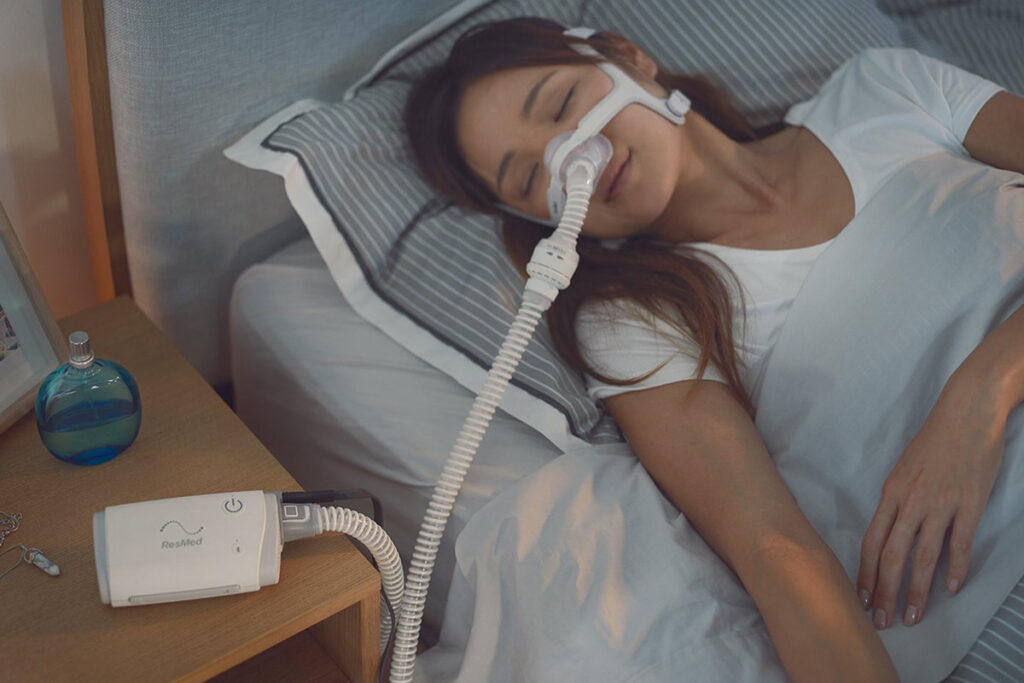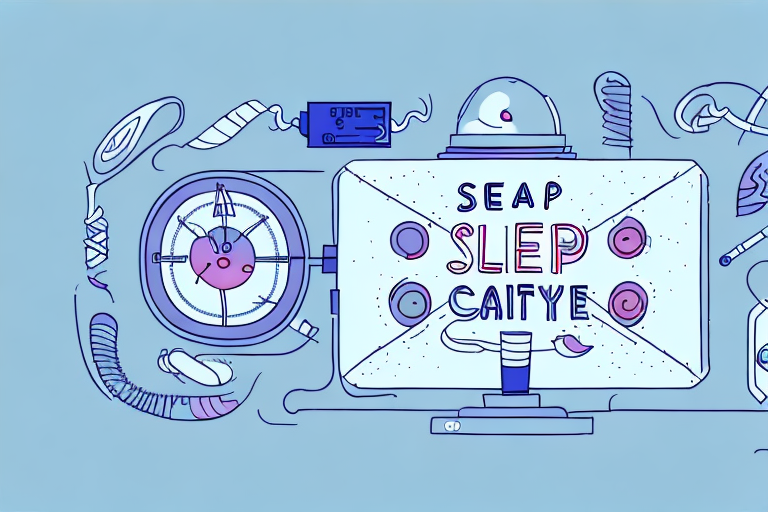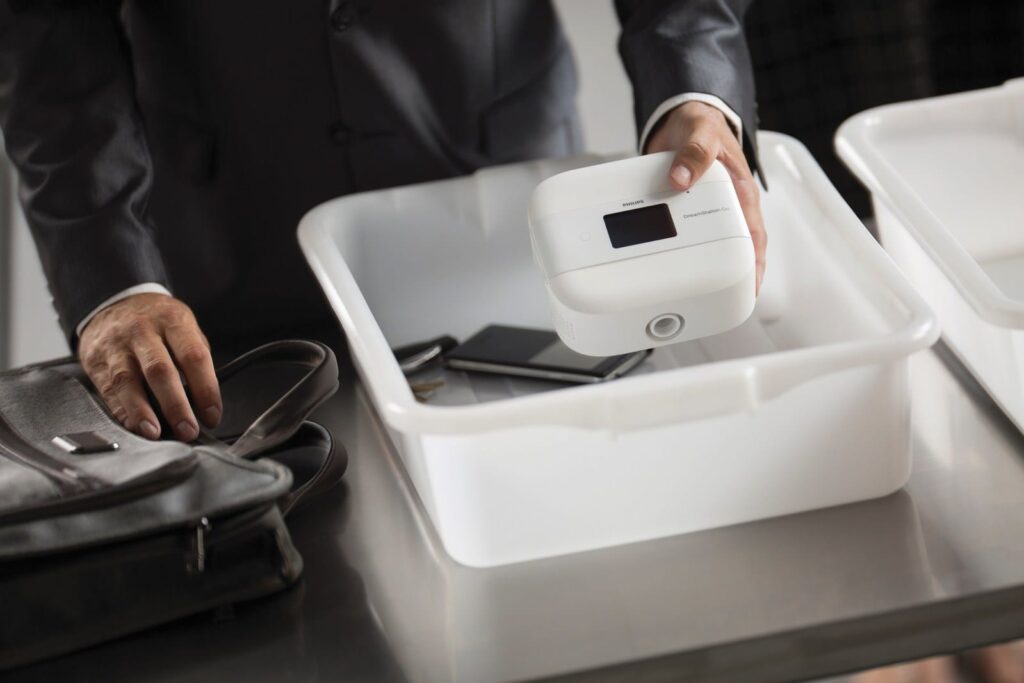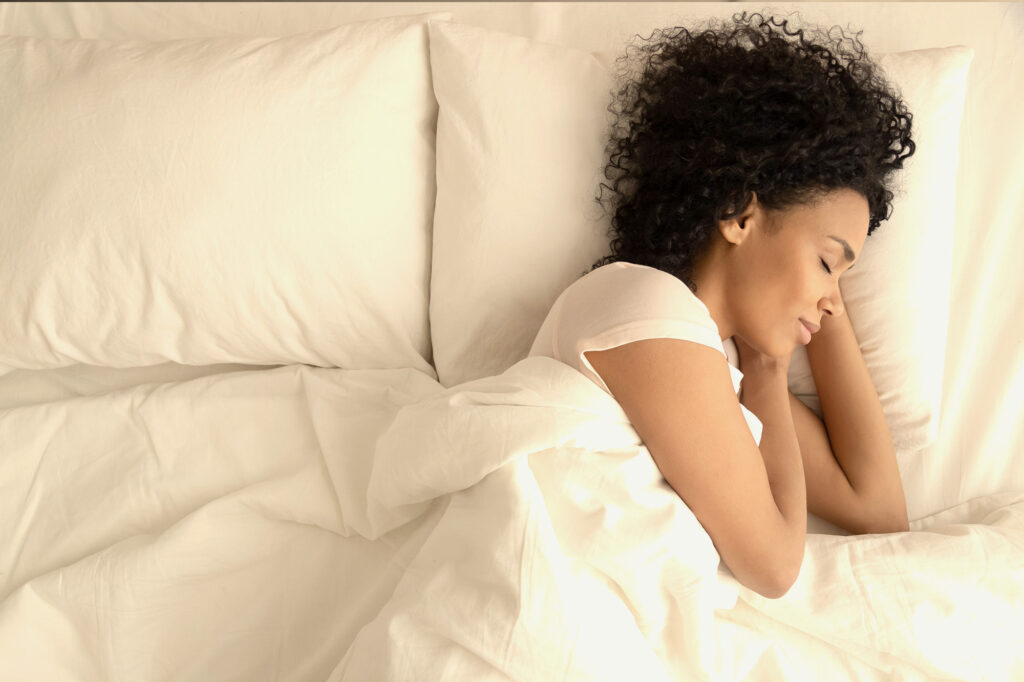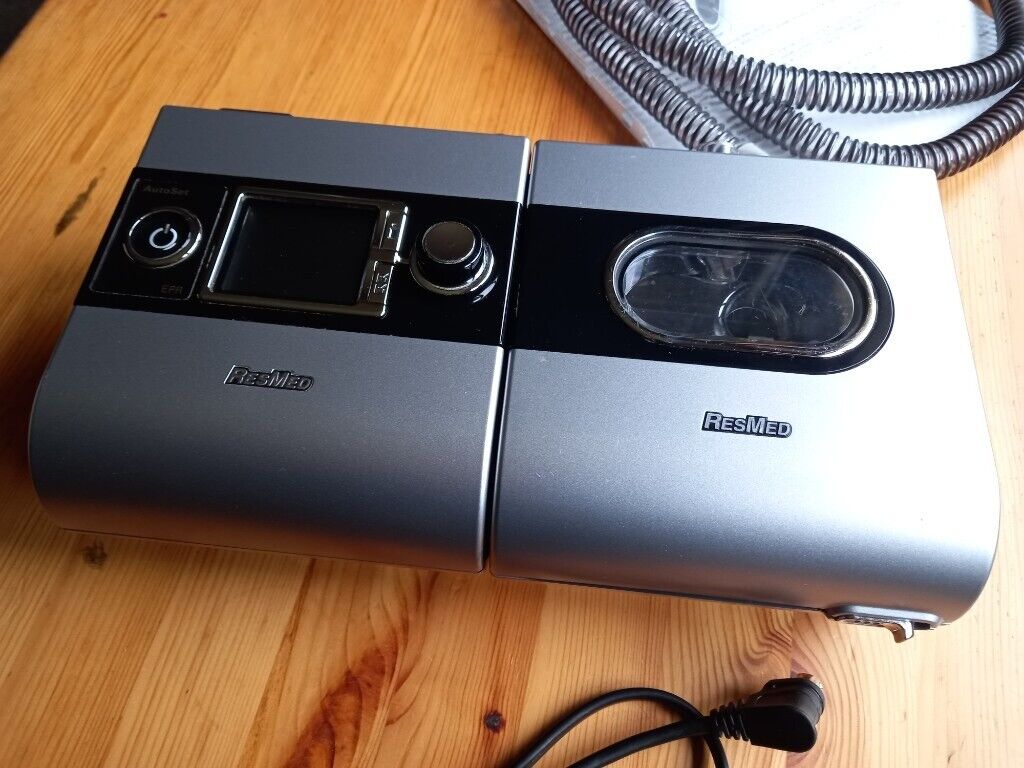Unveiling the Benefits: How Sleep Apnea Machines Transform Lives
Sleep apnea is a sleep disorder that affects millions of people worldwide. Despite its prevalence, many remain unaware of its impact on their health and quality of life. Fortunately, with advancements in medical technology, sleep apnea machines have emerged as a crucial tool in managing this condition and transforming lives in the process. Understanding Sleep […]
Unveiling the Benefits: How Sleep Apnea Machines Transform Lives Read More »

